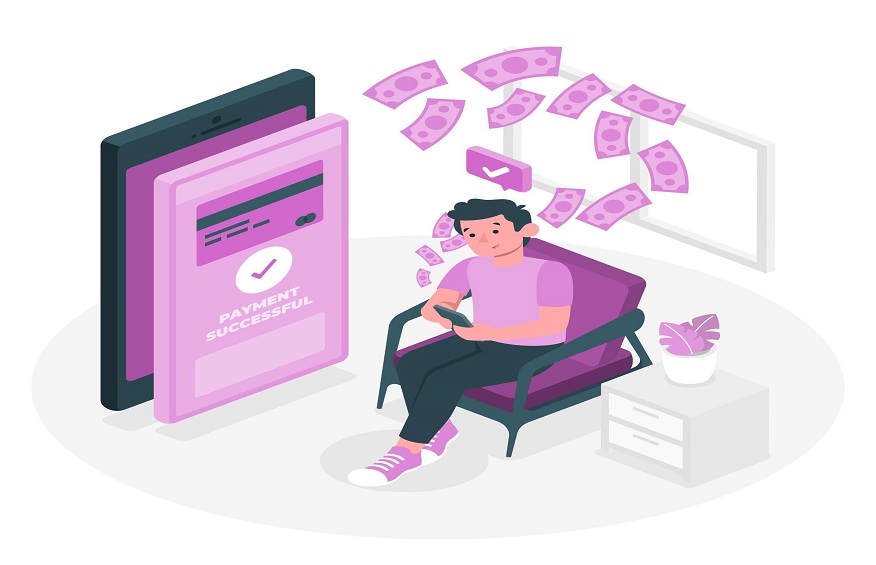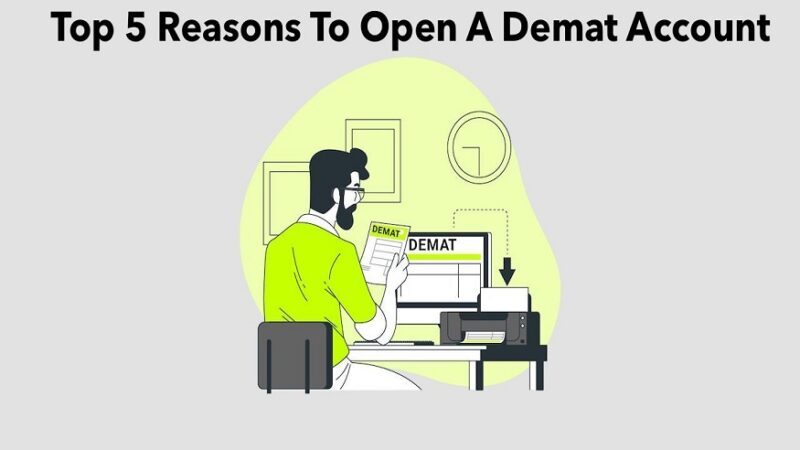The Pros and Cons of Using Online Recharge Apps in India: Benefits, Risks & Considerations

In recent years, technology has made our lives a lot easier by bringing almost everything to our doorstep with just a few clicks. As the world has been rapidly digitizing, even mobile recharges can now be done quickly through online recharge apps. Recharging online is hassle-free and easy to operate as it saves us time and resources. However, while there are several pros to using online recharge apps in India, there are also a few risks and considerations to keep in mind.
Online Recharge and Online Recharge Apps:
Online recharge is the process of adding credit to an electronic device such as a mobile phone, DTH connection, or internet data pack using the internet. To recharge online, people have been using online recharge apps that have made the process even more comfortable. Some of the most popular online recharge apps include Paytm, FreeCharge, PhonePe, Google Pay, and Bajaj Finserv App. These apps are designed to cater to the individual needs and preferences of users. They offer cashbacks, discounts, and reward points, making online recharge a more attractive option than the traditional process.
Online recharge is a process of adding credit to a mobile phone, DTH connection, or internet data pack using the internet. It’s a quick and convenient way of recharging your mobile phone, without having to visit a recharge store or ATM. Online recharge also offers several payment options, including debit/credit cards, net banking, and digital wallets.
Steps to Recharge Online:
1. Choose the online recharge app or website of your preference: There are several online recharge platforms available, and users can choose one that suits their needs and preferences.
2. Select the service provider: Once you have chosen the online recharge platform, you will have to select the service provider for which you’re recharging, be it mobile phones, DTH or data packs.
3. Enter the Recharge amount: Next, enter the recharge amount you wish to add to your mobile phone or other services.
4. Pay using your preferred payment mode: You can pay through debit/ credit cards or net banking, digital wallets or UPI payments. Choose the one that is convenient for you.
5. Verify the details: Verify all the transaction details before completing the payment. Once you’ve confirmed the payment details, click on the recharge button and wait for the payment to be processed.
The Pros of Using Online Recharge Apps:
1. Convenience: Recharging online is convenient and quick as it can be done from anywhere, anytime. The need to visit a recharge store and wait in line can be eliminated, and with the use of mobile phones, the recharge process can be completed within seconds.
2. Multiple Recharge Options: Using online recharge apps, one can easily recharge mobile phones, DTH connections, and internet data packs. Moreover, several recharge options and offers are available to choose from.
3. User-friendly Interface: Online recharge apps offer a user-friendly interface that makes the recharge process easy, even for those who are not tech-savvy.
4. Offers and Discounts: Most online recharge apps provide cashback and offers on recharges that act as an incentive for users. These offers include reward points, discounts, and cashback offers, among others.
The Cons of Using Online Recharge Apps:
1. Security Concerns: One of the significant disadvantages of using online recharge apps is security concerns. Cyber-crime is on the rise, and users’ personal and financial information is at risk. Malware, viruses, and other forms of cyberattacks can jeopardize the user’s data and lead to fraudulent transactions.
2. Hidden Charges: While using online recharge apps, it is important to read the fine print. Some apps charge fees and hidden charges that may not be apparent to users.
3. Technical Issues: Online recharge apps rely on networks to complete recharges. Network connectivity issues can arise leading to non-completion of recharges. Technical issues such as bugs and glitches can also hinder the recharge process.
4. Dependence on Digitalization: The over-dependence on digitalization has made users vulnerable to cyber threats. Users can experience difficulty in completing recharge if the digital systems are down or are experiencing technical problems.
Considerations When Using Online Recharge Apps:
1. Reviews: it is crucial to read user reviews before downloading and using an online recharge app. This can help in assessing its reliability and user satisfaction.
2. Security Measures: Users need to use strong passwords and ensure that they input personal and financial information on trusted sites. It is also essential to watch out for phishing messages that trick users into giving out sensitive information.
3. Transact Only on Secure Networks: Transactions should be done only on secure networks and not on public networks, which are not secure.
4. App Updates: Users should keep their apps updated to avoid any breaches and enhanced security levels.
The Bajaj Finserv App’s Online Recharge Option:
Bajaj Finserv App is an excellent option for online recharge that offers instant recharge options and is user-friendly. The app provides various recharge options, including mobile phones, DTH connections, and data packs. The app is secure, and sensitive information is protected and encrypted. It also offers several cashback offers and discounts making the recharge process an attractive and rewarding experience.
Other Online Recharge Apps and Their Features:
1. Paytm: It offers cashback and several recharge options, including mobile phones, DTH, data packs, and electricity bills.
2. PhonePe: Users can pay bills, recharge mobile phones, and even invest using the app.
3. Google Pay: Along with essential features, the app offers rewards and offers on most recharges.
4. FreeCharge: Offers users cashback and free recharge coupons and provides recharge options for mobile phones, data packs, and DTH connections.
Conclusion:
Online recharge apps have revolutionized the way people recharge their mobile phones and other electronic devices. The convenience, speed, and easy usability of these apps have made recharging an effortless process. However, users should keep in mind the risks and considerations while using online recharge apps and take adequate measures to protect themselves from fraudulent activities. With the availability of multiple online recharge options such as Bajaj Finserv, PhonePe, Google Pay, and Paytm, among others, users can choose a platform that suits their needs and provide robust security measures.






